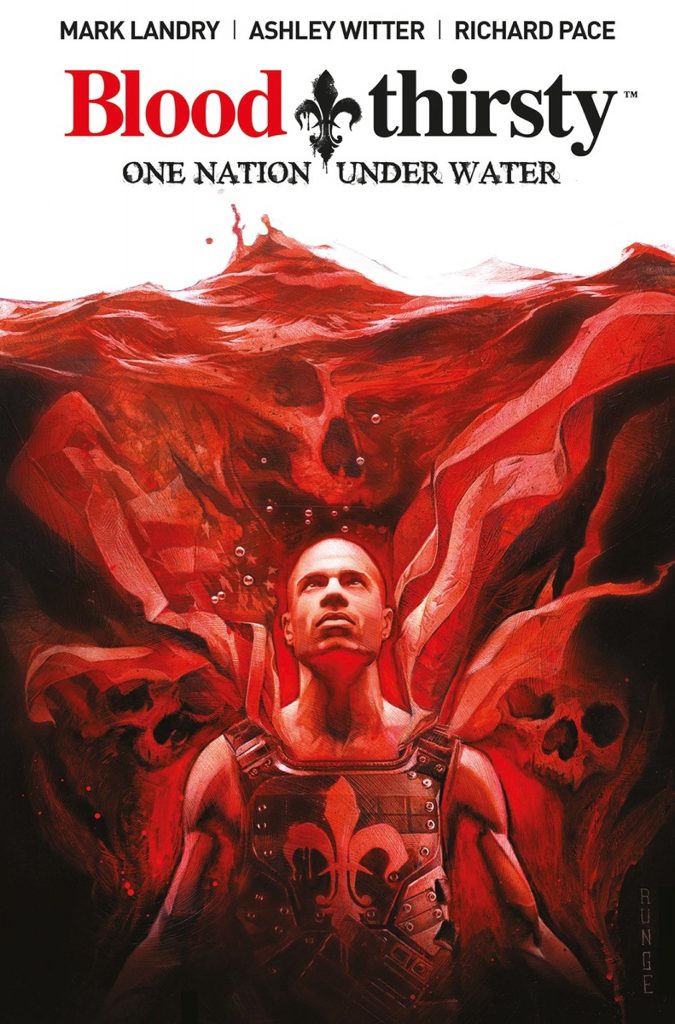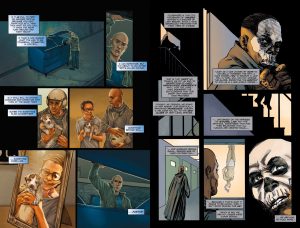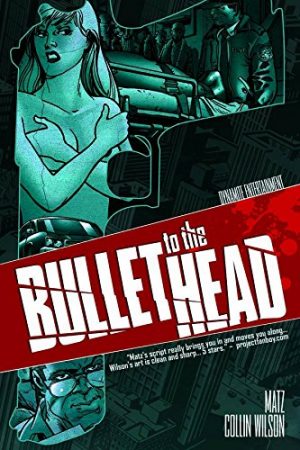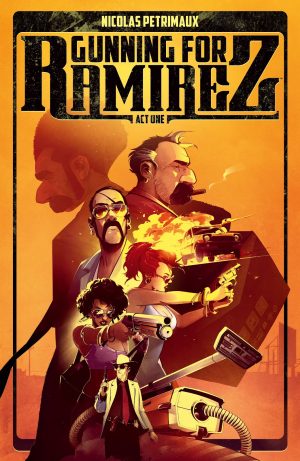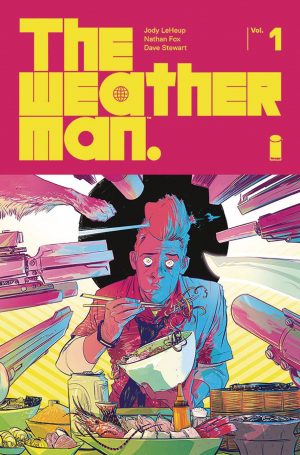Review by Ian Keogh
When New Orleans was flooded in 2005 Mark Landry had his own reality check, feeling guilty at spending time at work summarising video clips to be edited into news broadcasts rather than helping his fellow citizens. That frustration eventually resulted in Bloodthirsty, where Landry returns to the New Orleans disaster via lead character Virgil Lafleur, a helicopter pilot rescuing people trapped by the floods. He’s haunted by his own ghosts, arriving just too late to save his mother from the family home that is completely underwater.
Ten years later another storm is due. Disenchanted at the corporate scavengers who’ve profited from misery, Virgil decides to leave his hometown. However, something he saw ten years ago comes back to haunt him in a big way, and it reinforces the truths for which he’s been ridiculed.
Bloodthirsty is Landry’s action thriller and horror mash-up starring the honest, stand-up guy facing powerful corruption, and he hits most of the right beats to satisfy. Virgil is a sympathetic person fleshed out well enough for his pains to transmit, and given enough experience to be credible at what he has to do. The foreshadowing is subtle enough that it’s logical, yet still a surprise when the shocks drop, and if the villains and their preoccupation are a little too arch, they deliver a viable threat.
Artistically, though, Bloodthirsty isn’t as accomplished, and the choice of completely clashing styles is a mystery as big as the one Virgil’s trying to solve. Around two-thirds of the main story is digitally assembled by Ashley Witter in a three-dimensional style that provides a good portrait, but lacks the movement needed for an action thriller. With no warning, the art switches to Richard Pace’s scratchy pen and ink work, totally altering the look and mood. Given the abrupt change it’s likely Pace needed to draw his pages at short notice, and that shows in the layouts and the figures. What should be a triumphant redemptive scene toward the end doesn’t have the necessary impact. Georges Jeanty draws a brief epilogue, his a clearer pencilling style again contrasting the remainder.
The changes of artist hurt Bloodthirsty, and by the end Landy hasn’t done himself any favours either by throwing elements of superhero cliché into the mix. It all leaves Bloodthirsty reading well in parts, but something that could have been much better.
